Win CENS ProFlex DX5 earplugs worth £1,149 – enter here
What to expect on the beating line
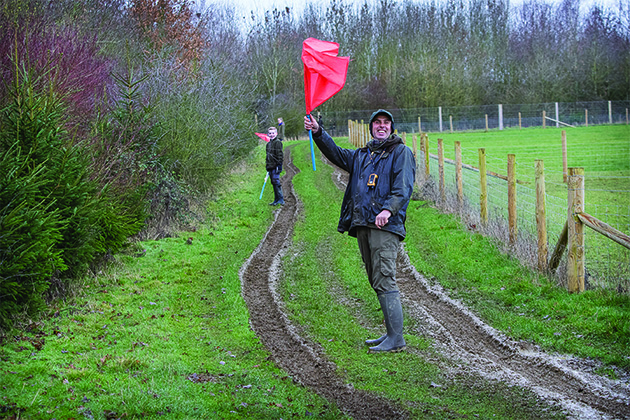
Chatting to our new beaters bought back memories of my very first day in the beating line, when I was about 16. I didn’t live in a rural location – I was brought up on a council estate in north London – but I was a mad keen fisherman and it was through fishing I got my first invitation to a shoot. (Read golden rules for beating on a shoot day.)
Brocket Hall was about an hour away from home and I was picked up first thing on a wet Saturday morning. I can still remember how nervous I was; I had no idea what to expect and the chap who invited me didn’t help much. I was given a stick and told not to get out of line, but I wasn’t even sure what that meant. The gamekeeper was a ruddy-faced gruff old chap and I quickly realised I really didn’t want to get on the wrong side of him. That has become my mantra for most of my beating career – don’t upset the gamekeeper!
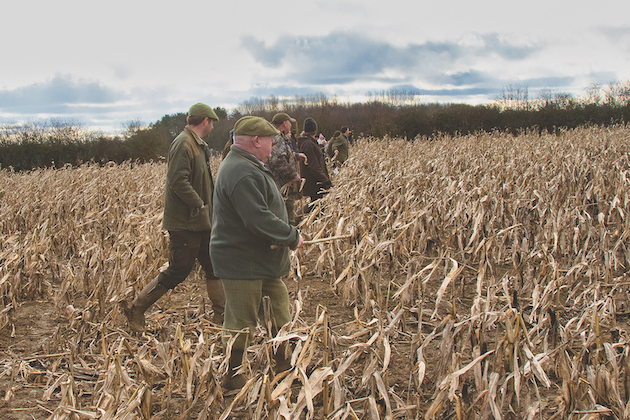
The beating line should be straight so keep up with your companions
Back then, youngsters would have been introduced into the beating line by their fathers or grandfathers and I am looking forward to taking along my grandchildren at some point. I will hopefully be able to impart some of my knowledge to them. (Here’s what to wear out beating and picking-up.)
Right direction
Harking back to my very first day and that sole piece of advice that I was given, always keep in line with your fellow beaters. This in itself is not always easy, especially as many shoots have maize as game covers. Early in the season it can be a nightmare to keep a straight line because you cannot see anyone or anything. A few shoots are now also using sunflowers which, although they look lovely, can be quite challenging for a beater.
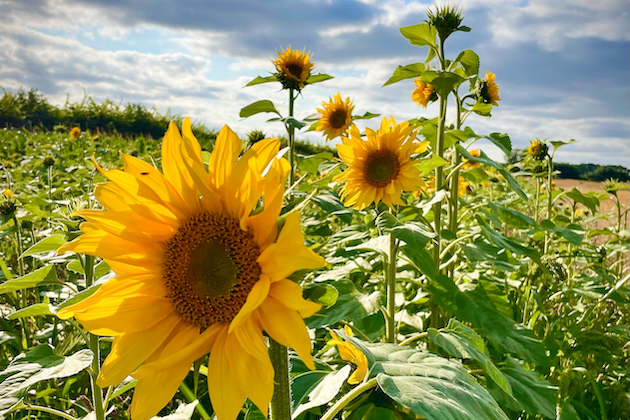
Some shoots have sunflowers which can be challenging
Do not be afraid to call out to make sure you know where everyone is. The reason we try to keep a straight beating line is that pheasants and partridges will take full advantage of a wobbly line and run back between the beaters. The telltale sign is birds flushing behind the beaters; if this happens expect a bellow from the keeper.
Holding the line
The other thing that is vital is to ‘hold the line’ when you see or hear a flush of birds. The aim of the beating line is to present a steady stream of birds over the Guns. It is no good if there is a great plume of birds all taking off at the same time – the Guns will not be able to load quick enough and therefore a lot of birds will be wasted.
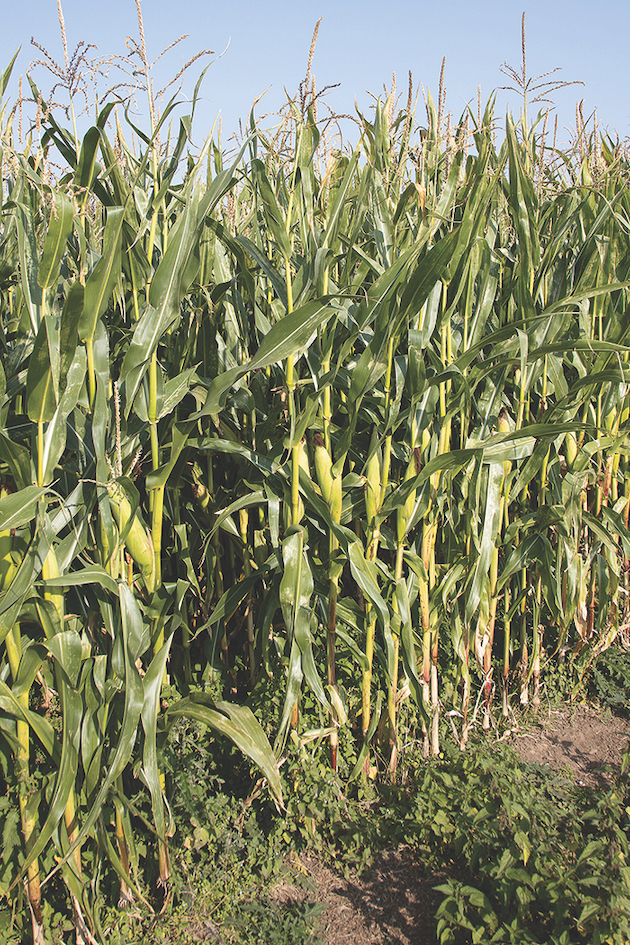
It can be difficult to maintain a straight line through maize cover
Tapping
You may also hear the command “hold the line and just tap”. The first part of the command is self-explanatory. I have found tapping your stick against your boot is the easiest way to respond to the second part. This constant sound will just be putting pressure on the birds and with any luck they will flush in small batches.
Be prepared to hear the request ‘stop tapping’. This may be because the birds are a bit spooky and the pressure is a bit too much so a more subtle approach may be needed.
Another tactic that is often used in the beating line is to ‘swing the line round’. I have often thought a well-run beating line harks back to the days of the Battle of Waterloo and the way the commanders positioned and managed their troops in the field. At times the keeper may need to adjust where the birds are flushing from; this is often because the wind has changed, or he needs to try to put more birds over a certain part of the Gun line.
If you hear this particular command, it is important that you know and understand whether you need to stand still as the line swings around you – the pivot point – or if you are in the part of the line that is moving. Quite simply, if you are not sure, ask.
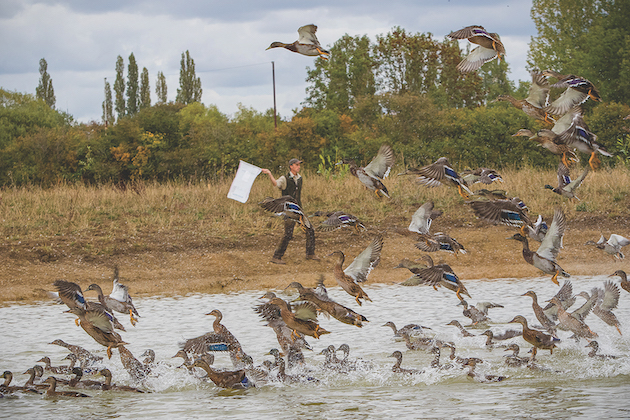
Flag waving can keep ducks in the air after they flush from a pond
Using a flag in the beating line
Depending on the cover or the type of shoot you are on, you may well be given a flag to use in the line. The benefit of a flag is that you can ‘crack’ it by using a sharp downwards movement. The noise will help to encourage the birds to flush. This is especially effective if there are plenty of partridges on the ground.
You may hear the command ‘flag up, flag up’, which requires you to immediately wave your flag in the air. The aim is to try to turn any flying birds back over the Guns or, if you are flushing ducks from ponds, it helps to keep them in the air rather than lifting and immediately landing back on the water.
Take pride in your job and never be afraid to let someone know if you see birds leaking out of a block of cover. A proactive beater is far better than one who simply ambles along as though they are out for a Sunday afternoon walk.
A good beater is worth their weight in gold and, let’s face it, without us there wouldn’t be any driven shooting.
Related Articles
Get the latest news delivered direct to your door
Subscribe to Shooting Times & Country
Discover the ultimate companion for field sports enthusiasts with Shooting Times & Country Magazine, the UK’s leading weekly publication that has been at the forefront of shooting culture since 1882. Subscribers gain access to expert tips, comprehensive gear reviews, seasonal advice and a vibrant community of like-minded shooters.
Save on shop price when you subscribe with weekly issues featuring in-depth articles on gundog training, exclusive member offers and access to the digital back issue library. A Shooting Times & Country subscription is more than a magazine, don’t just read about the countryside; immerse yourself in its most authoritative and engaging publication.







